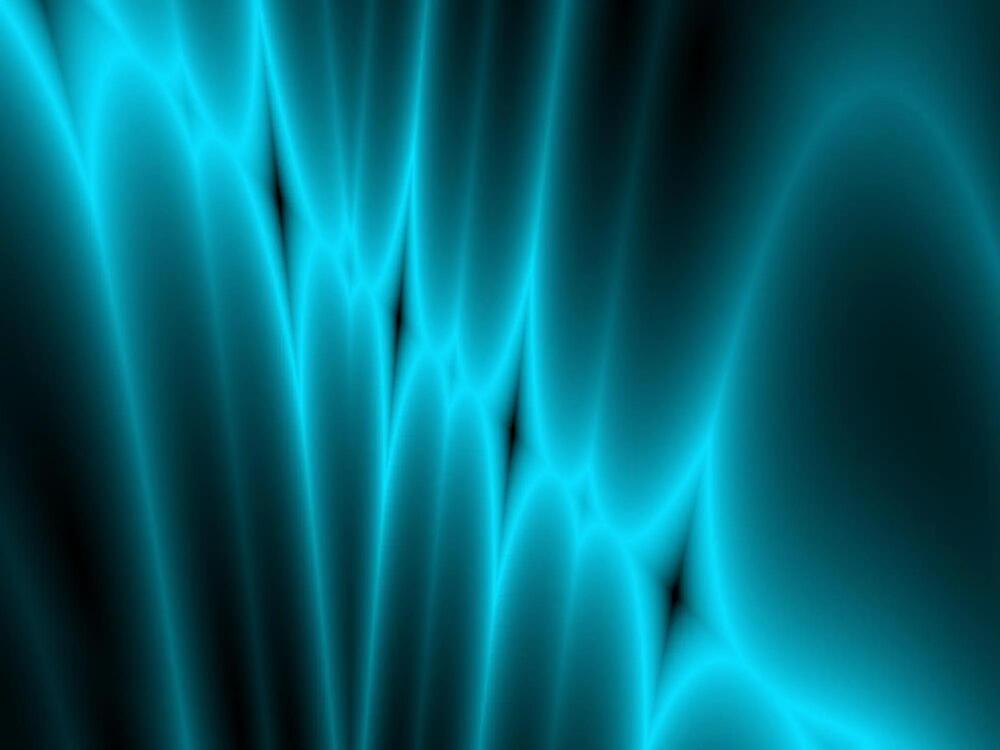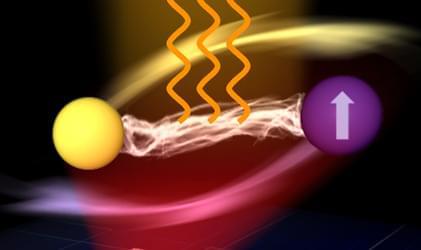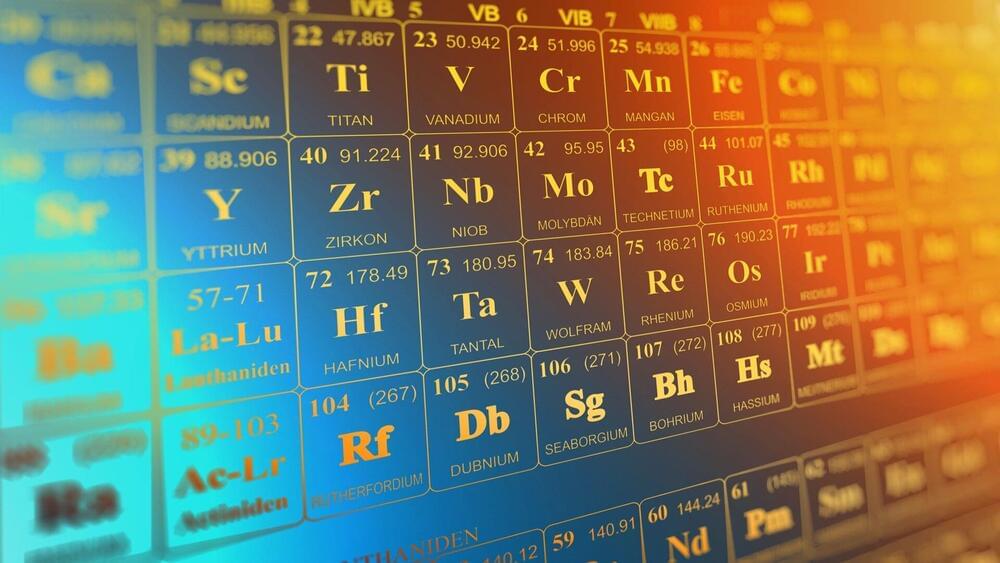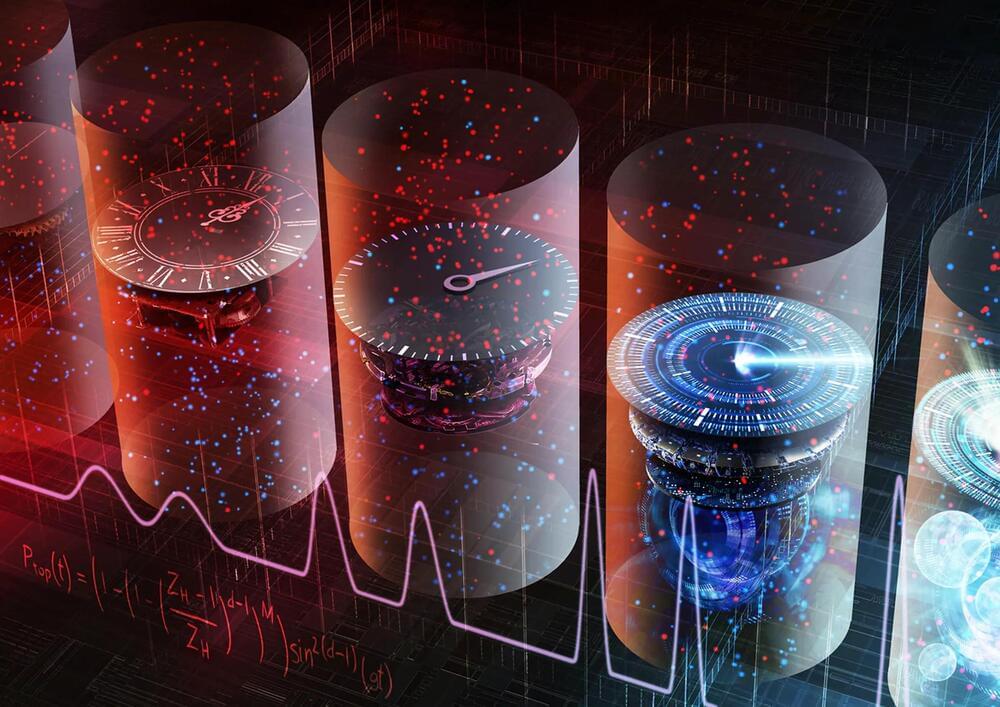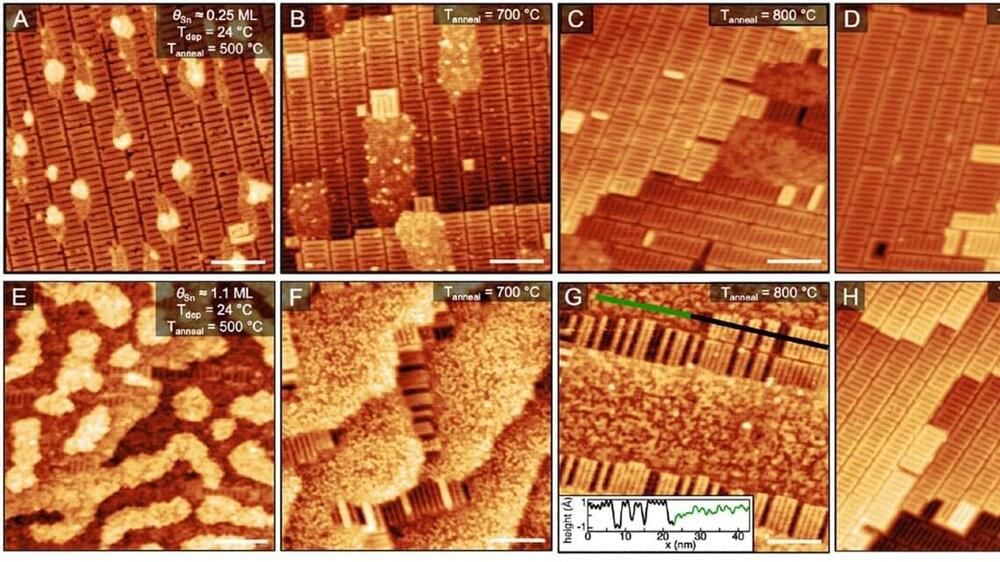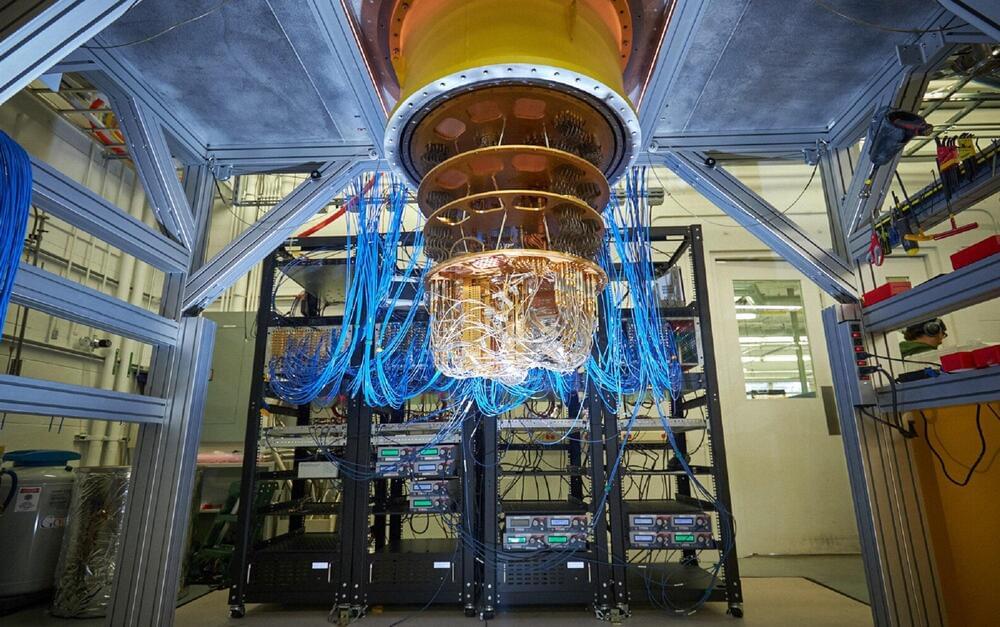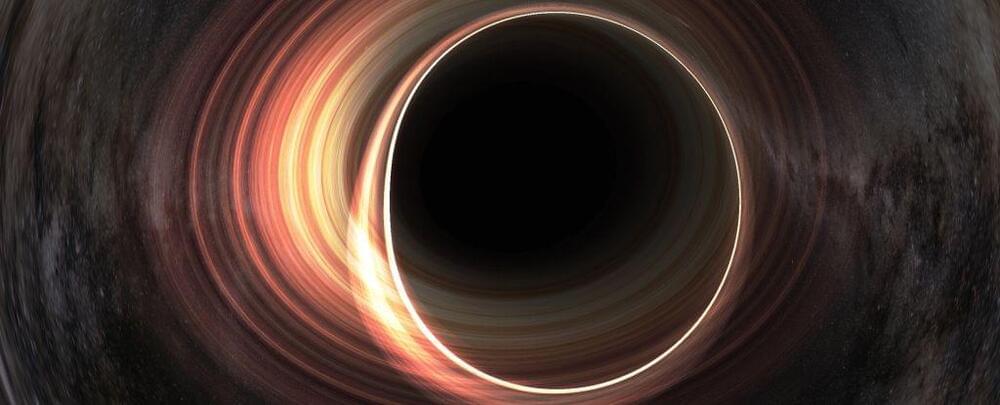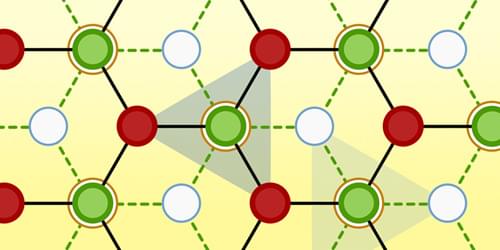Apr 10, 2023
Time-Bending Experiment: Physicists Reveal Quantum Nature of Light in a New Dimension
Posted by Paul Battista in categories: particle physics, quantum physics, space
Imperial physicists have performed the double-slit experiment in time, using materials that can change optical properties in femtoseconds, providing insights into the nature of light and paving the way for advanced materials that can control light in both space and time.
Imperial physicists have recreated the famous double-slit experiment, which showed light behaving as particles and a wave, in time rather than space.
In a groundbreaking development, Imperial College London.
